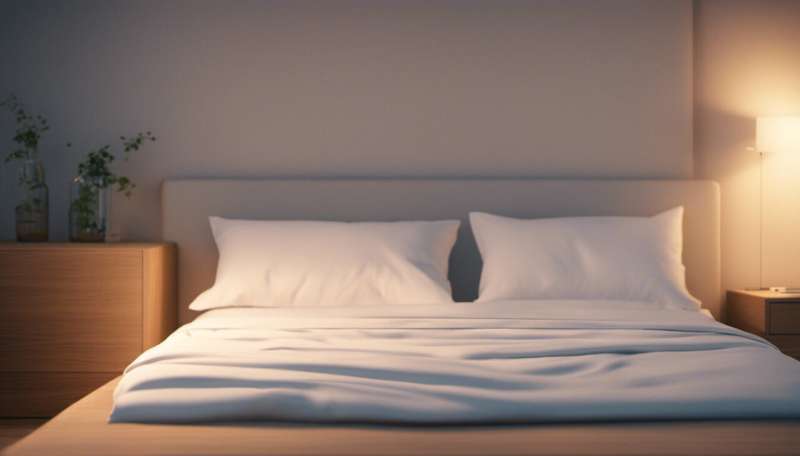A cost-effective solution to monitoring and diagnosing sleeping disorders

The development of cost-effective 'smartwatch' software could have dramatic implications for patients with sleeping disorders. By enabling medical staff to more accurately monitor sleeping patterns - and therefore diagnose tailored therapies - the lives of thousands of sufferers could be improved.
Chronic sleep deprivation is a serious problem. It has been linked to long-term health issues such as diabetes, high blood pressure and heart disease, and recent studies suggest that it is chronic sleep deficit, and not stress, that is the real cause of burnout. Up until now however, bespoke intelligent watches used to monitor patients in medical studies have been very expensive, and doctors have been somewhat limited to analysing data once a week in the lab.
In response, researchers at the Fraunhofer Institute for Computer Graphics Research IGD in Germany recently developed software that enables commercially available smartwatches to be used in sleep research. A smartwatch is similar to a smartphone in that it tells the time and allows wearers to check their text messages and e-mails, but can also feature sensors. This makes them hugely exciting to scientists working in the field of sleep research.
The software developed by Fraunhofer researchers helps to detect anomalies in sleep as soon as they occur, by comparing movements of the watch wearer to normal sleeping and waking patterns. The sensors can even register micro-movements triggered by breathing. This data can be sent straight from their home to the lab via the smartwatch's radio module. In effect, the smartwatch acts as a sort of digital sleep diary, enabling the doctor to accurately diagnose any disorder and choose the right therapy.
The next step for researchers is to detect unconsciousness in sleep, an important issue that can affect diabetics and epileptics. Type 1 diabetes patients quite frequently fall into a state of hypoglycemia (low blood sugar) during the night, which can result in the patient entering a life-threatening diabetic coma. New software could be installed in the smartwatch capable of triggering an alarm in such situations, notifying family members or the patient's doctor.
Other potential benefits from the smartwatch software have been identified. Homeowners who habitually fall asleep in front of the television for example could save on their electricity bills if they happen to be wearing a smartwatch capable of switching off the TV via a radio signal. Researchers are also examining the potential of using this technology to turn off other household objects such as alarm systems, wireless internet routers and lights.




















